Game Design Showdown
October 2005 Challenge - "The Ivory Tower"
Ok, it’s my turn to host a GDS; I’ve chosen a theme that I’ve always wanted to incorporate into a game, but haven’t come up with a way to; it will be fun to see what the folk here come up with.
Theme: Academia
This month’s theme revolves around the academic world, at the college or university level, but there is wide latitude within this theme: players could be college students, professors, university presidents, etc. Note that the academic theme should be crucial to the game’s mechanics: designing a football simulation and calling it “college football” wouldn’t in and of itself be appropriate (although a game about college football certainly could be).
Design Limitations:
- 3-dimensional mechanic - The game must include a mechanic or component that is essentially 3-D in nature. Note: the use of miniatures would not satisfy this requirement. The 3D nature of the component or mechanic must be utilized in a non-trivial way. Examples available upon request.
Start Date: 13-October-2005
End Date: 20-October-2005, Noon EST (approximately)
Voting: 20-October-2005 through 27-October-2005
===============
For more info ...
Please read the Showdown Overview Thread, which lays out all of the background rules concerning this challenge ...
http://www.bgdf.com/modules.php?name=Forums&file=viewtopic&t=2230
Questions, comments, and "clarifications" for this specific Challenge were handled on the following thread ...
http://www.bgdf.com/modules.php?name=Forums&file=viewtopic&p=26572
Enjoy!
-Jeff
[/]




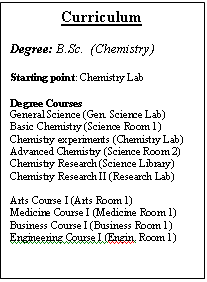
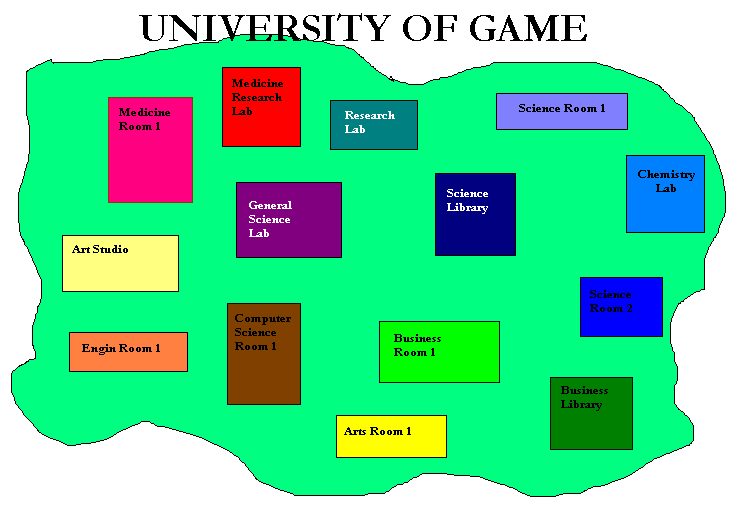







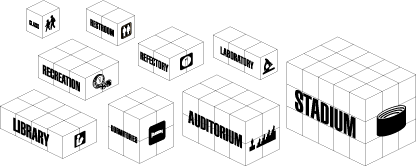
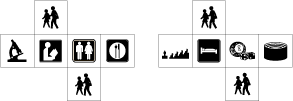
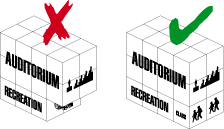 - Al blocks must be laid on a flat, even surface. No empty spaces are allowed behind a block.
- Al blocks must be laid on a flat, even surface. No empty spaces are allowed behind a block.
Entry #1 -- Legend of Drunken Head Master
Warning: This is an adult drinking game!
If it's October, it must be time for the Annual Freshman Hazing Ritual at Temple University. The Brothers of Pi Nu Nu have rounded up all the first-year physics students and whisked them to a local bar. The chapter president gives a rousing speech, welcoming the students. During the speech, the brothers order pitchers of beer. At the end of the speech (by pre-arranged signal), six lovely coeds appear. They give out pewter beer steins to all of the freshmen. They begin filling the cups with beer from the pitchers. Just as the students get comfortable, the chapter president bellows, "GEEKS! GEEKS! GEEKS!" The chant is taken up by the brothers, the coeds and all of the other patrons in the bar. The deafening roar has the desired effect: the students become frightened and disoriented. The brothers, still chanting lustily, begin to harass the students – poking, punching and slapping them around. This causes the beer to slosh all over the poor kids.
Suddenly, everyone stops. A bar patron stands up and intones: "I am the Head Master of Temple University! In all my years here, I have never seen such a disgraceful display of immaturity!" He whips out a large wooden paddle and weaves toward the nearest freshman. "I ought to paddle you! However, I will give you a chance to redeem yourselves."
Here is the Head Master's challenge:
Equipment: one beer mug per player, 24 cans of beer (pretzels optional), a Temple Owls football helmet, a plush mascot (Temple Owl), a permanent marker and a mini-poster (see picture)
Well in advance, write one of the greek letters on each beer can. Refrigerate until game time. Place on the refrigerator door a picture of the proper stacking order
The objective is to make six stacks of beer cans. Each stack must contain four cans. Each can in the stack must belong to the correct group (as pictured). Finally, each can must be empty.
The Order of Mayhem: The oldest player will go first. He must go into the kitchen, study the picture for a few seconds, grab two beers and give one to any other player. On his signal, both players must pop the tabs and pour beer into at least two different mugs – excluding their own. At this point, two things happen: the players who receive beer in their mugs must quickly consume it and then walk into the kitchen and grab two more beers and study the picture; the players who have finished pouring beer from their cans must place the empty cans on the table or on the proper stack – as best as they can recall from the picture. It is permissible to rearrange any stacks, as long as the mug remains in one hand!
The cycle repeats with each person who fetches two beers. After the first player starts things off, there is no need to synchronize any of these activities.
Special Rules: Just before starting the game, read these rules aloud and make sure everyone understands them.
First rule: each player must keep their mug in one hand or the other throughout the entire game.
Second rule: No Running is allowed at any time! Any player who is caught running will be forced to carry the football helmet and can not move until another player violates the no-running rule. At that time, the helmet is handed to the newest violater.
Third rule: If a player causes one or more cans to topple from the stacks, that player will be forced to carry the mascot and must rebuild the stacks. Needless to say, this will be difficult, since the player will be holding a beer mug, too!
Fourth rule: If you already have beer in your mug, you can't receive any more beer.
Fifth rule: If everyone has beer in their mugs and another player still has beer in her can, she must drink the rest of the beer in that can.
Victory: The game is over when the last of the beer is consumed. Whoever is holding the football helmet must order the pizza, while whoever has the mascot must get everyone some more beer.
"My advice to you is to start drinking heavily."
[/]-Bluto
--------------------------------------------------------------------------------
Licensing Opportunity: Obviously, this game can be marketed in University bookstores, albeit surreptitiously. A school football helmet, a plush mascot, the beer can mini-poster and the rules can be stuffed in a netted bag.